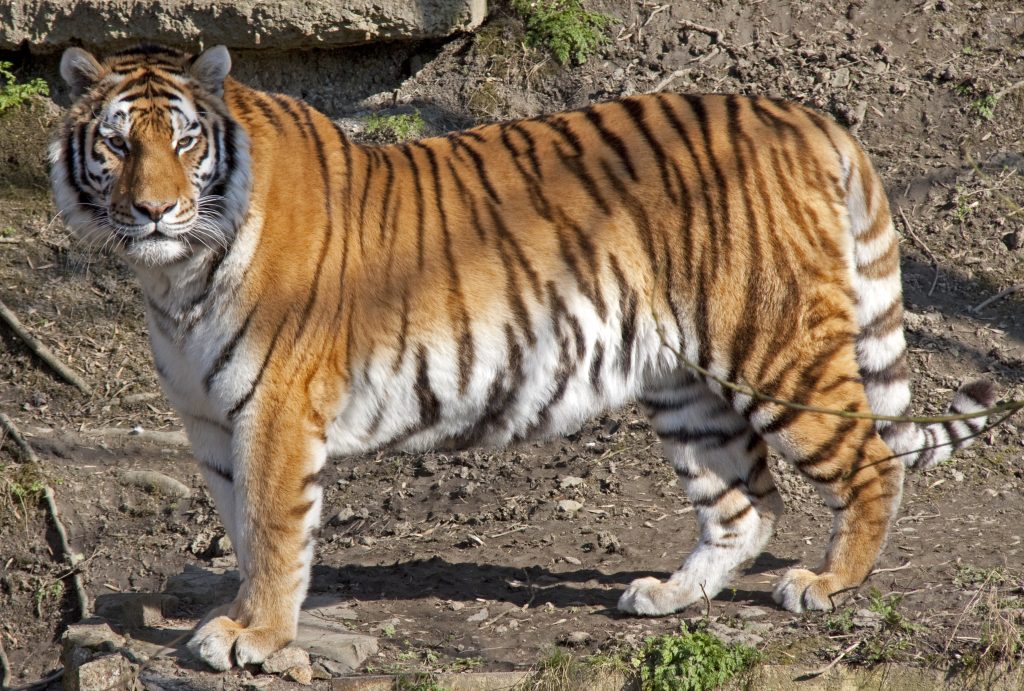Across the world many species have huge ranges – look at the leopard, found across Africa and much of Asia. It is not a surprise that these animals have a great deal of genetic variability.

However, until recently, far to much of the decisions about subspecies status went on the look of the animal.
The Amur tiger is the largest tiger that remains. It lives in the snowy regions of Russia’s far east.
A now extinct subspecies of tiger, called the Caspian tiger roamed across western China to Turkey, including Iran, the Caucasus and central Asia. However, when the genetics of the Caspian tiger were looked at closely, it was found that genetically, Caspian tigers and Amur tigers are almost identical. Indeed, there is not enough difference to justify a subspecies label.
Why is this exciting?
Quite simple! While the Caspian tiger is extinct, the Amur tiger is not. As a result, it would be possible to translocate some Amur tigers into the former Caspian range and re-establish them.

Amur tiger in UK zoo, as you can see they look very similar Photo credit Tony Hisgett
Since 2010, research has been undertaken, and back in 2017 a memorandum was signed, between the WWF and the government of Kazakhstan – to work to implement a tiger restoration program in central Asia. In summer 2018 Ile Balkhash state reserve (an area of 415,000 hectares was added to the protected reserves of Kazakhstan, and this reserve is perfect for tigers.
The first Tigers are hoped to arrive next year, but within 50 years it is hoped that this tiger population would have grown to at least 150 individuals. This program is expected to cost 15-20 million euros and will be financed between WWF and Kazakhstan.











